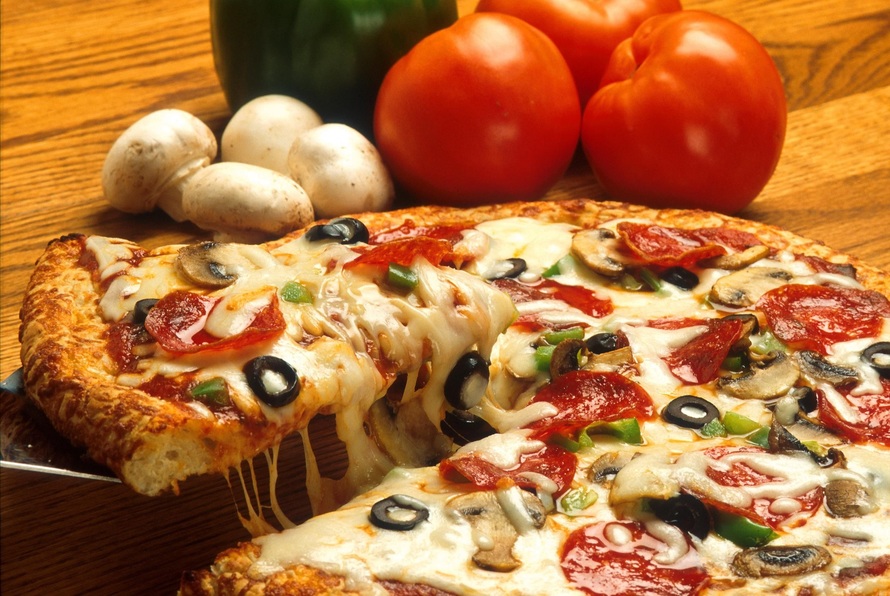How to stop screwing up on your diet (Part 5)
By Ari Snaevarsson, Features Editor
3. “Damage control” only if appropriate
Who this is NOT for
As the third major step I would like to analyze, the concept of “damage controlling” your diet post-screw up bears mentioning. But first, I should leave a word of caution, and this is not to be taken lightly. For people with disordered eating habits or actual, clinical eating disorders, “damage controlling” is generally a terrible idea and only serves to reinforce further the restrict-binge cycle. So for this crowd, this is something you want to stay ten miles away from. In fact, these individuals need to actively shift out of the mindset that diet mess-ups can be corrected by severe withholding of food.
Even for those who do not fall under such groups (and bear in mind you can have symptoms of disordered eating without having an “eating disorder”), you must walk a fine line when resorting to this. This is the kind of behavior that can and will send predisposed individuals down a devastating road. So more often than not, even those with a healthy relationship to food would be better off avoiding this means entirely.
Who it IS for
Alas, this is a widely used practice among the dieting community, and so I felt the need to make some mention of it. Here is my takeaway point: the only time “damage controlling” can be considered is when everything else is in place, meaning you have already addressed the deep-seated psychological issues and the kinks in the diet itself. If those are sorted out, and you therefore can write off this slip-up as a minor mistake in scheduling or tracking (or something of that nature), this might be a valid option.
So I have spent quite a while cautioning certain groups not to use this method, but what does it actually constitute? Essentially, it refers to making up for the “damage” you might have done by going off your diet. Say you miscalculated a meal or forgot you had a dinner scheduled and decided to grab some Chick-Fil-A earlier that day. What you could theoretically do, as daily calories obviously do not exclusively work within a 24-hour window, is take away the amount you went over by from the following day.
What “damage” are you controlling?
Surely you can see why, for most groups of people, this can be a dangerous concept to toy around with. For those of us who have had years of experience with diet protocols and principles, and subsequently have developed a more mature and holistic view of our long-term dieting efforts, this can be appropriately employed when necessary. Even then, it is not a system to be abused and can easily backfire if taken too far.
But for people not quite as experienced or who simply do not have as sophisticated an understanding of proper diet (which is not meant to be a judgment call), the worst mindset you can have is that these moments of weakness in any way represent “damage.” Yes, physiologically speaking, when you have consumed an excess of calories, you are setting in motion the process of fat storage or, at the very least, a hindrance to fat loss. But what you begin to understand when you have been doing this for a while is that this is a marathon and not a sprint.
In the grand scheme of things, even an extremely “severe” screw-up will hardly set you back much at all. Consider the static weight loss model that postulates there are 3500 calories in a pound of fat. This dictates you would have to exceed your total daily energy expenditure (TDEE) by that many calories to put on just one pound of fat, and even then, the body is going to be highly inefficient at storing that much fat all at once.
If you take the route of letting yourself believe this moment of weakness is of any disastrous consequence, we now have ourselves a self-fulfilling prophecy at hand. You may do what most of the population does in this situation and let a minor slip-up justify a day or even a week of eating this way. This response will lead to appreciable fat gain and the perpetuation of this vicious psychological cycle: Find a new, enticing diet to follow, follow it tooth and nail until the inevitable moment strikes, allow a one-time mess-up to become a full blown weeklong binge, feel guilty, find another new diet and the cycle repeats.
Next time
In next week’s installation to this series, I will offer up the happy medium between complacency and disdain: acceptance. I will also begin to cover the fourth major step, which is coming up with strategies for future mishaps. Stay tuned!

